How Often Do Pets Need Dental Cleanings? A Guide for Dogs and Cats
When we think about dental health, most of us picture what our own dentist tells us is best: brushing our own teeth at least twice daily for two minutes and visiting the dentist every six months for a professional cleaning. Pets have the same biology- plaque, tartar, and bacteria accumulate on their teeth just as they do on ours. But unlike people, most pets don’t get their teeth brushed every day, and their lifestyle exposes them to far more bacteria.
Dogs and cats lick their behinds, chew on sticks, eat grass, drink from puddles, and sometimes scavenge things they shouldn’t. Pieces of food, bone, or plant matter can wedge between their teeth, and heavy chewers may wear teeth down unnaturally. All of this introduces bacteria and trauma into the mouth. Without regular dental care, it’s not just bad breath at stake; serious infection and disease can follow.
At St. Petersburg Animal Hospital and Urgent Care, dentistry is one of our most in-demand services, and for good reason. Our family-run practice offers comprehensive oral care under one roof, from preventive cleanings to advanced extractions, with transparent pricing so there are no surprises.
Why Dental Health Matters for Pets
Dental disease is one of the most common health problems in dogs and cats. According to the American Veterinary Medical Association, by age three, most pets already have some degree of dental disease. Left untreated, this leads to gum inflammation, tooth loss, and oral pain.
But the impact doesn’t stop in the mouth. Oral bacteria enter the bloodstream, contributing to whole-body health problems. Our internal medicine team works closely with our dentistry team to support pets with conditions like heart disease, kidney disease, or diabetes- because oral care and systemic care are always connected.
How Often Do Pets Need a Dental Cleaning?
This is the question pet owners ask most often, and the answer depends on several factors. For many dogs and cats, an annual dental cleaning is the minimum standard. But some pets benefit from cleanings every six to nine months.
1. Breed Matters
Small breed dogs such as Yorkies, Dachshunds, and Chihuahuas are notorious for early and severe dental disease. Their teeth are often crowded, trapping food and bacteria. Cats, too, are high risk, prone to gingivostomatitis and tooth resorption. These conditions progress silently until teeth are already damaged.
2. Age
As pets age, tartar builds faster and gums become less resilient. Middle-aged and senior pets often need more frequent cleanings to prevent advanced disease.
3. Health Conditions
Pets with underlying health conditions are more vulnerable to oral bacteria:
- Heart disease – Oral bacteria worsen valve disease.
- Kidney disease – Chronic oral infection places extra strain on already damaged kidneys.
- Diabetes – Inflammation makes blood sugar control more difficult.
- Feline stomatitis – Cats with painful oral inflammation need cleanings and extractions more frequently to control pain and infection.
The Goal: Cleaning Before Disease Starts
A professional cleaning should happen before there are red gums, bleeding, or obvious tartar. By the time those signs are visible, bacteria, inflammation, and pain are already present. Preventive cleanings protect the mouth from reaching that point.
At St. Petersburg Animal Hospital and Urgent Care, we recommend annual dental exams and cleanings for most pets- and sometimes more frequent care for small breeds, seniors, and pets with systemic health issues.
The Stages of Periodontal Disease
The five stages of periodontal disease show why early cleanings are so important:
- Stage 0: Healthy mouth – pink gums, no tartar. This is the goal stage to maintain with professional cleanings. At-home care should start at this stage.
- Stage 1: Gingivitis – mild redness and inflammation. Still reversible with cleaning.
- Stage 2: Early periodontitis – tartar buildup, bone loss begins, irreversible damage.
- Stage 3: Moderate periodontitis – gum recession, infection, loose teeth, chronic pain.
- Stage 4: Advanced periodontitis – severe bone loss, tooth loss, and systemic infection.
Waiting until gums are red or teeth are loose means treatment will be more invasive and costly. It also means your pet is already in pain.
What Happens During a Professional Cleaning
A professional veterinary dental cleaning follows strict standards outlined by the AAHA Dental Care Guidelines and the National Pet Dental Association.
At St. Petersburg Animal Hospital and Urgent Care, our process includes:
- Full anesthesia with pre-anesthetic bloodwork and tailored safety protocols.
- Complete oral exam and charting of each tooth.
- Full-mouth dental x-rays during every cleaning.
- Ultrasonic scaling above and below the gumline.
- Polishing to smooth enamel.
- Extractions and oral surgery as needed, with nerve blocks and pain control.
We know that the cost of a full anesthetic dental cleaning can seem intimidating. We believe in transparency: canine cleanings start at $500, feline cleanings at $400, and extraction packages are clearly outlined on our pricing page.
Why Non-Anesthetic Dentals Don’t Count
Some services offer “anesthesia-free” cleanings, but these are largely cosmetic and potentially harmful. The American Veterinary Dental College explains why:
- Scraping visible tartar does nothing for the bacteria and plaque beneath the gumline.
- Pets cannot hold still for x-rays or thorough cleaning below the gumline.
- The false sense of security delays real care while disease worsens.
At St. Petersburg Animal Hospital and Urgent Care, we use anesthesia for every cleaning so pets stay calm, pain-free, and thoroughly evaluated.
Maintaining Dental Health Between Cleanings
Daily brushing, dental wipes, and chews can slow plaque buildup, but they do not replace professional care. Products with the VOHC seal are the best choice for at-home support. Our wellness team can recommend personalized strategies to keep your pet’s teeth healthier between cleanings.
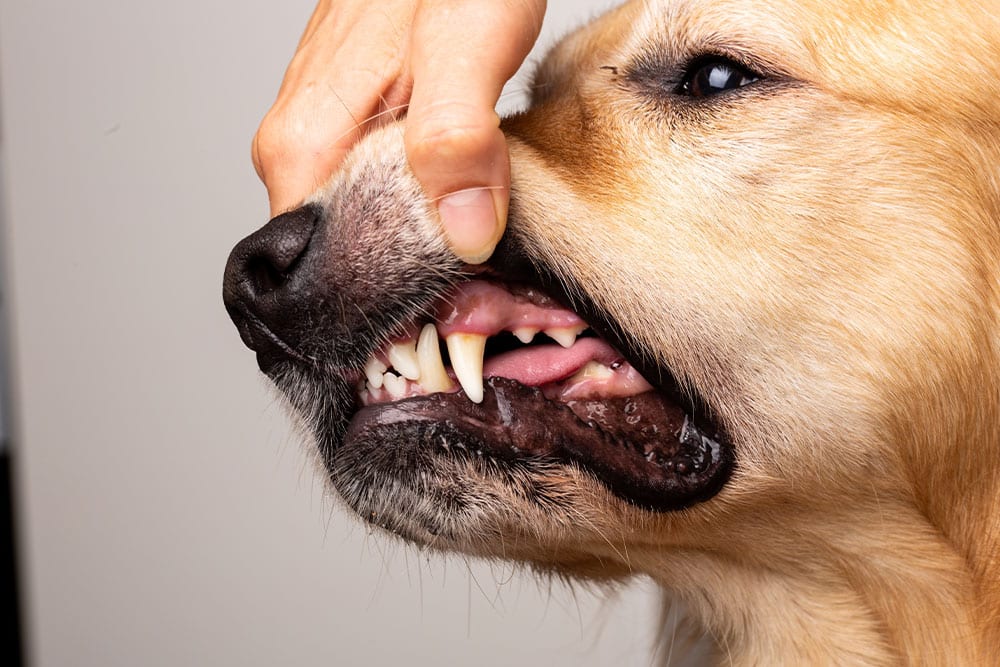
FAQs: How Often Should My Pet Get a Dental Cleaning?
Do small dogs need more frequent cleanings?
Yes. Their crowded mouths mean disease develops faster.
Can cats skip cleanings if they eat hard food?
No. Dry kibble does not prevent dental disease. Cats also develop unique conditions like tooth resorption that require veterinary evaluation.
Is annual cleaning enough?
For many pets, yes. But high-risk pets may need cleanings every 6–9 months.
Is anesthesia safe for older pets?
With pre-anesthetic bloodwork and modern monitoring, anesthesia is safe and necessary for proper care.
Why not wait until gums are red or there’s bad breath?
Because at that point, disease and pain are already present. Preventive cleanings protect pets before damage occurs.
Do anesthesia-free cleanings help at all?
They only remove surface tartar and give a false sense of security. The disease under the gumline continues unchecked.
Prevention Means Protection
Just as people brush daily and see the dentist every six months, pets need regular dental cleanings to protect their health. For most dogs and cats, annual cleanings are the standard. For small breeds, older pets, cats with dental conditions, and pets with heart, kidney, or diabetic concerns, cleanings may be needed even more frequently.
At St. Petersburg Animal Hospital and Urgent Care, we believe great medicine should be understandable, affordable, and attainable. Our family-run team provides comprehensive care under one roof, with same-day availability and dental pricing often hundreds less than corporate clinics.
Schedule your pet’s next dental exam and cleaning today, and let’s keep those smiles healthy for years to come.

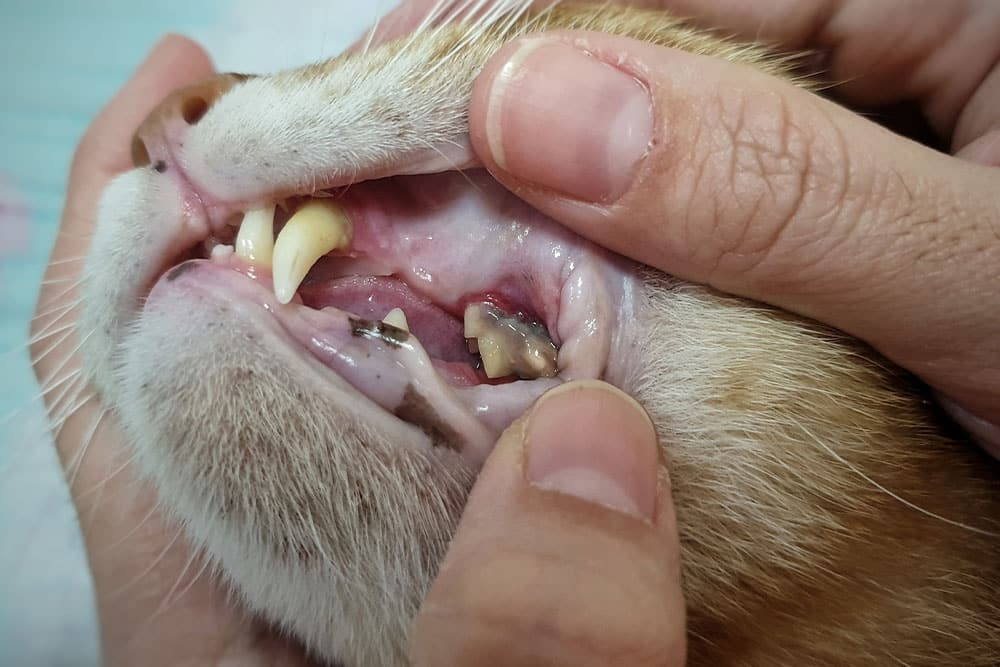
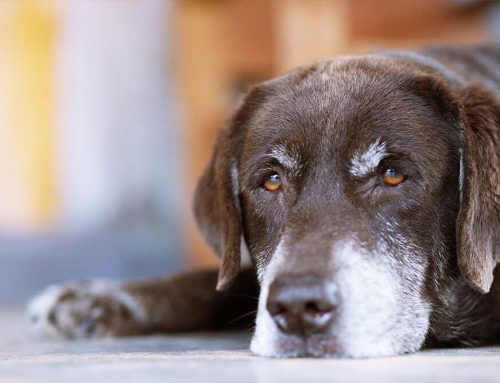
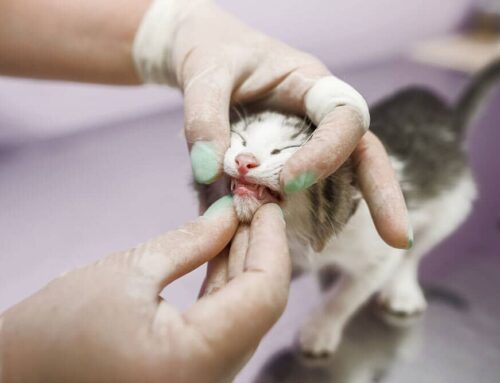
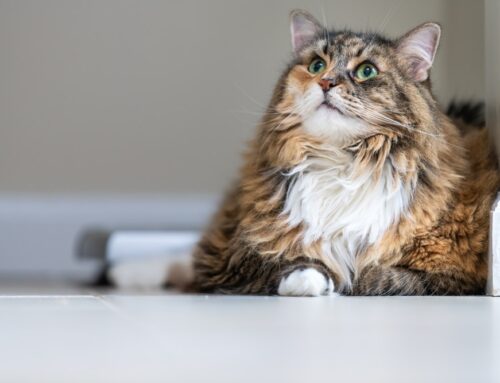
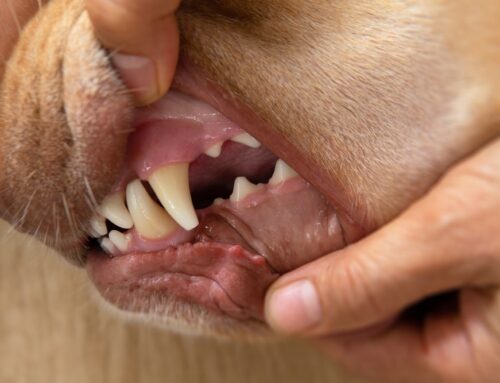

Leave A Comment